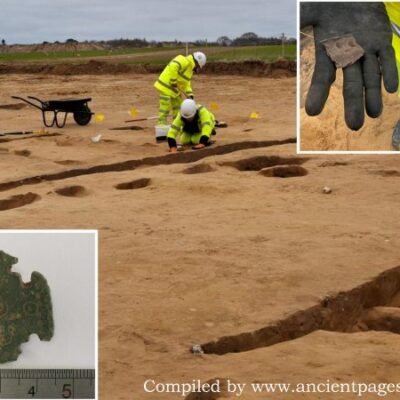Ellen Lloyd – AncientPages.com – Discovered in 1898 in Western Minnesota, the Kensington Runestone has captivated minds and sparked debate for over a century. Is this stone, inscribed with a runic alphabet, genuine or merely an elaborate hoax? Who were the carvers behind the intriguing tale of eight Geats and twenty-two Norwegians venturing from Vinland to the West?
The scientific community has long been divided on the authenticity of this greywacke slab. While some dismiss it as a fabrication, others staunchly defend its authenticity. However, we may be closer than ever to solving this enduring mystery.
A renowned runic expert has recently examined the Kensington Runestone and uncovered compelling clues that could finally unveil its true origins. Now is the time to delve deeper into these findings and uncover what history has kept hidden for so long.
Yet, as the expert points out, the clues could easily rewrite ancient history, but one mystery still remains.
This is a preview of our premium article available only to members of Ancient Pages.
Become a member to read more – Click here
If you are already a member and have logged in to your account, you can access the article here
See also:
Viking Ship Found With Unexpected Goods For Unclear Purpose Puzzles Scientists








